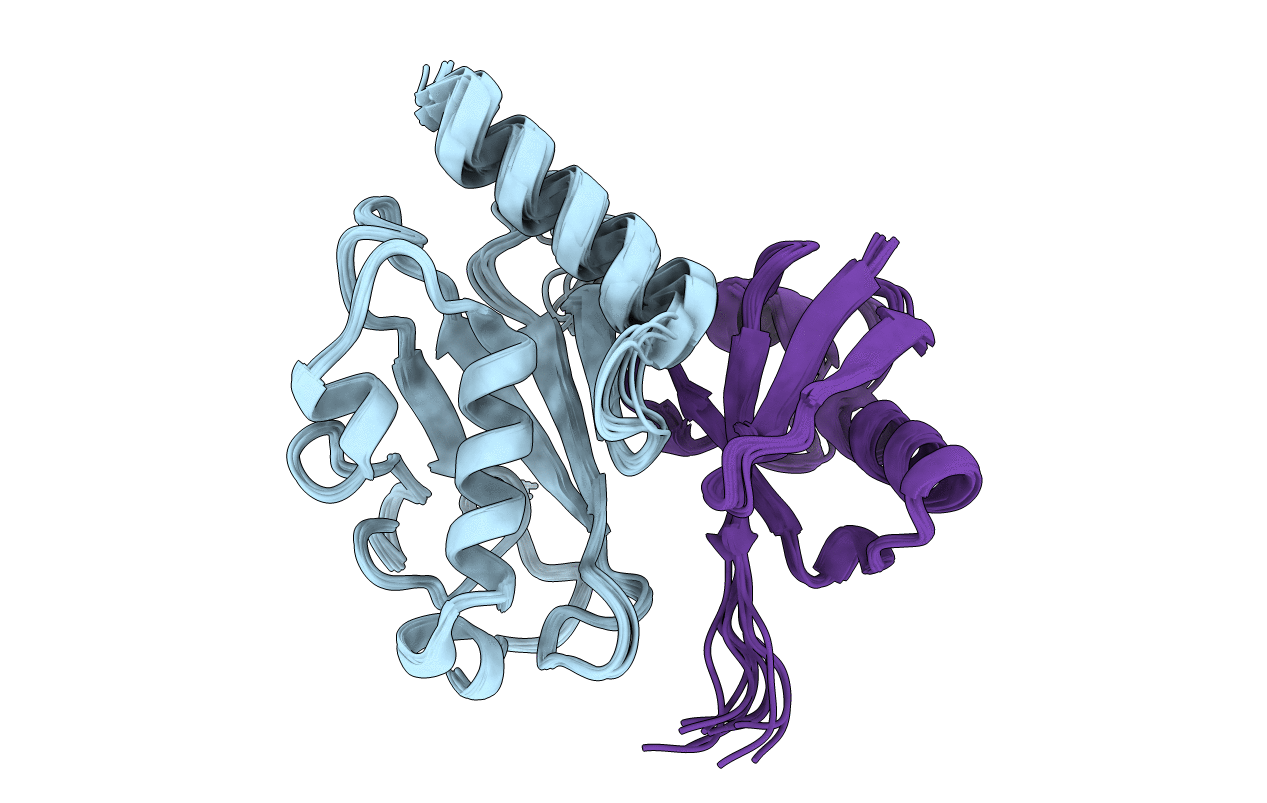
Deposition Date
2005-04-22
Release Date
2006-04-04
Last Version Date
2024-05-22
Entry Detail
PDB ID:
1ZGU
Keywords:
Title:
Solution structure of the human Mms2-Ubiquitin complex
Biological Source:
Source Organism:
Homo sapiens (Taxon ID: 9606)
Host Organism:
Method Details:
Experimental Method:
Conformers Calculated:
50
Conformers Submitted:
10
Selection Criteria:
structures with the lowest energy


